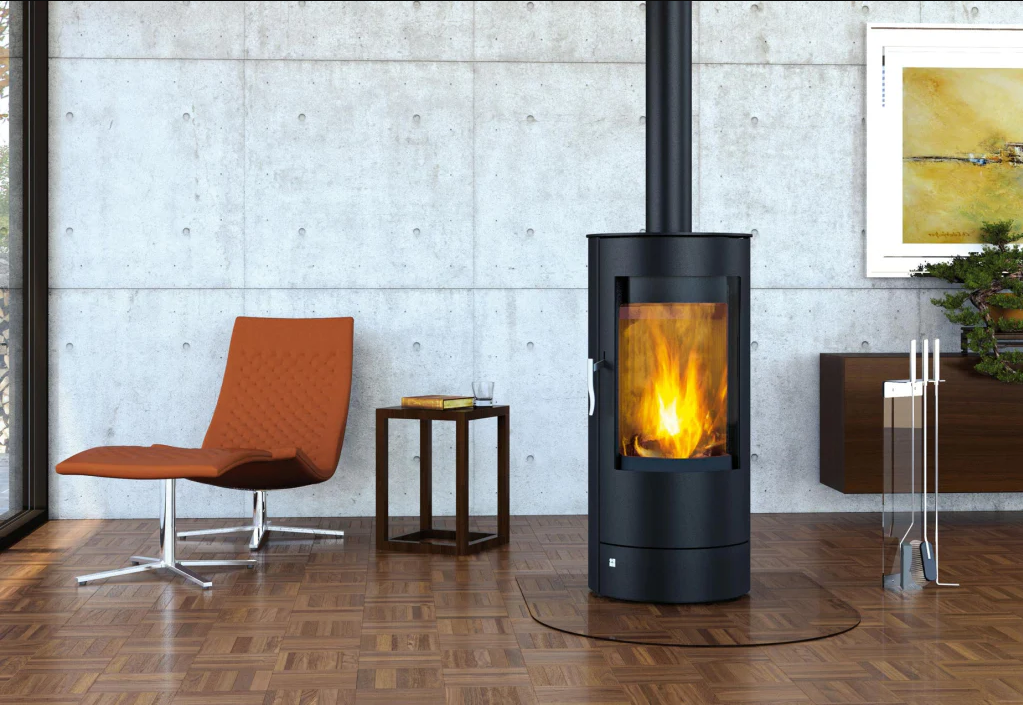Wood-fired heaters are popular because of their stately ambience and bright, luminous flames. However, they’re pretty cumbersome to operate – it takes time to light wood, and you must clean up soot and ashes after use.
On the other hand, homeowners like electric heaters’ convenience and minimalist design. They’re easy to use and allow you to set the desired temperature. However, there’s always a risk of electrocution.
Pellet heaters combine the classiness of wood-fired heaters with the convenience and efficiency of electric heaters. Read more about this heating solution’s popularity in Australian homes.
How Pellet Heaters Work
A pellet heater uses small balls made from sawdust, wood shavings, and other timber by-products as fuel. After inserting the pellets into the chamber, the heater ignites automatically. Most units have a built-in thermostat that allows you to regulate the temperature.
Advantages of Pellet Heaters
The following are the pros of purchasing a pellet heater.
Ease of Use
Pellet heaters are easier to use than traditional wood-fired heaters. Once you insert the pellets into the hopper, the automatic ignition system takes over. You’ll only need to set the desired temperature using the built-in thermostat. On the contrary, wood takes time to light. You’ll need to give it an hour or longer to start enjoying the warmth.
Moreover, pellet stove technology is improving. The latest models have innovative technology that allows you to control heating using smartphones.
Energy Efficiency
Do you know pellet heaters are more efficient than electric and wood-fired units? They use less fuel than wood-fired heaters, which require large wood piles. Pellet stoves also radiate heat over large spaces than similar-sized electric units.
The increased efficiency translates to lower carbon dioxide and greenhouse gas emissions. Therefore, using pellet heaters conserves the environment.
Flexibility
Pellet heaters are available in many styles. For instance, you can choose a unit with a vent or a standalone model. If your unit requires venting, you can connect it to a pipe that runs to an outside wall. Traditional wood-fired heaters don’t offer such flexibility – instead, you must use a chimney.
Additionally, pellet stoves don’t get as hot as other heating solutions during operation. You can install them close to the walls. Conversely, installing a wood-fired heater requires at least a foot of brick protection.
Disadvantages of Pellet Heaters
The following are the cons of purchasing a pellet heater.
Noise
Pellet stoves make irritating noises. The noisiest components are the blower fan and the ignition motor. Sometimes, the fan belt can be a nuisance. This is inevitable, and the best you can do is to learn to live with it.
Requires Electricity
Pellet heaters have electric components. You can’t operate the unit without electricity. You must have backup solutions like batteries or generators to keep warm during power outages.
Final Words
Pellet heaters are here to stay. After all, they are an improvement on traditional wood-fired heaters and more efficient than electric heaters. More importantly, they aren’t as risky as gas heaters. Consider purchasing one today!




